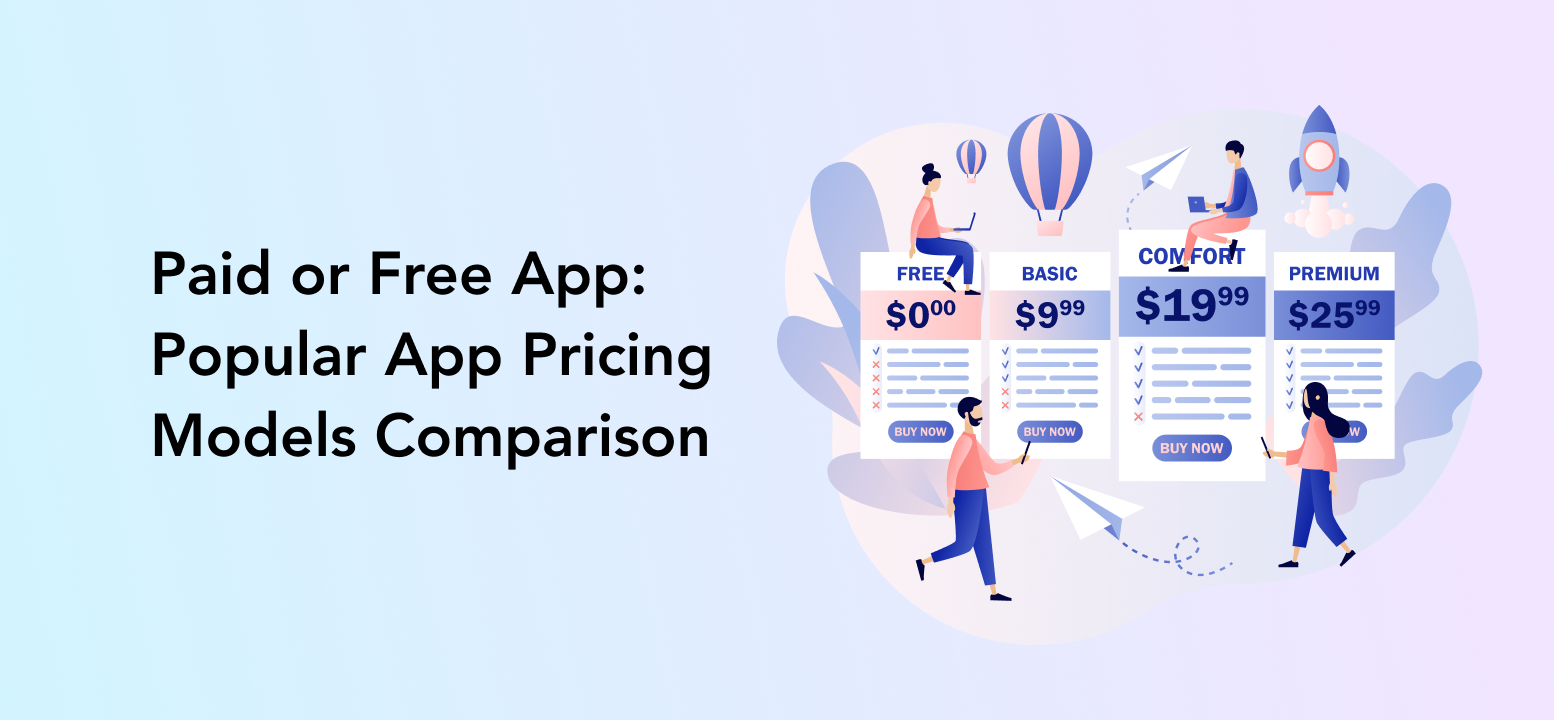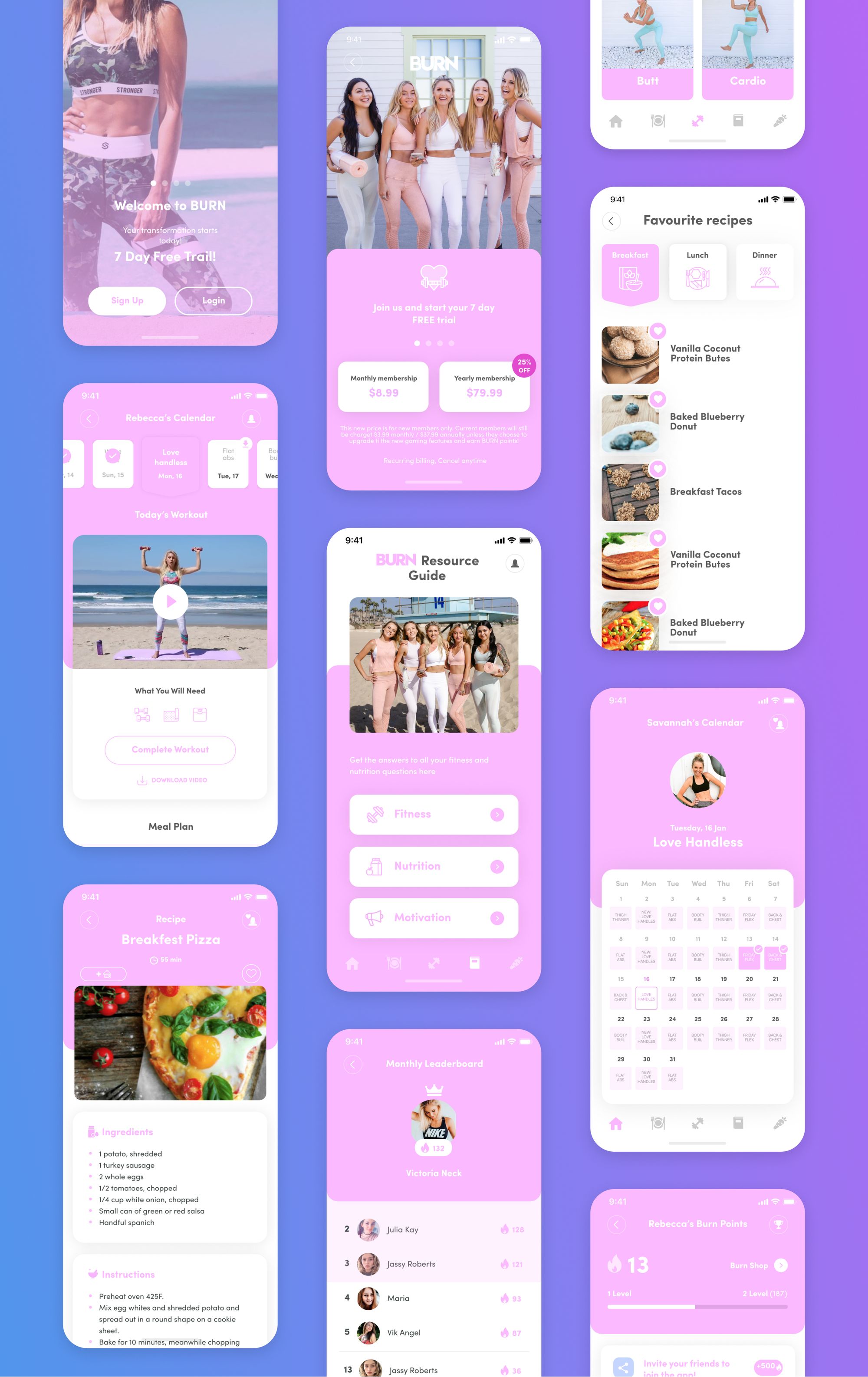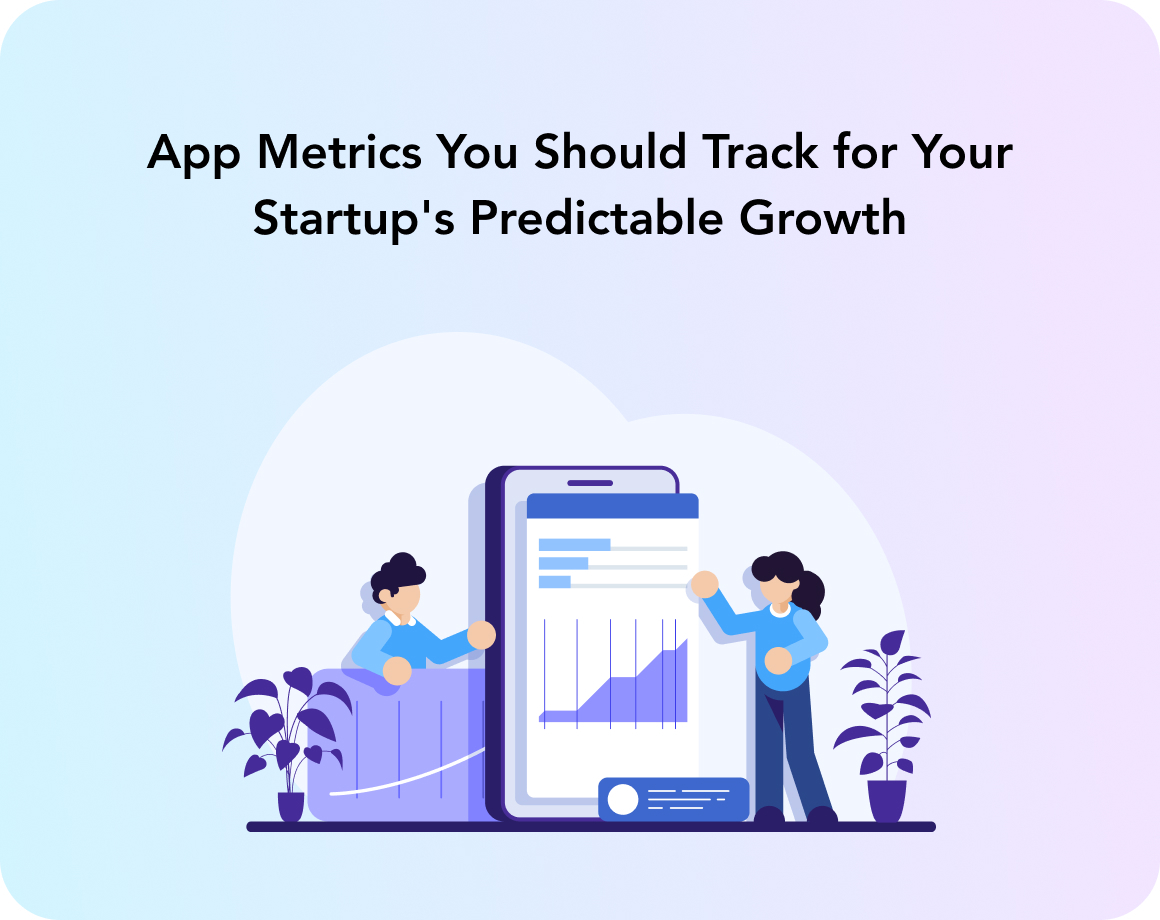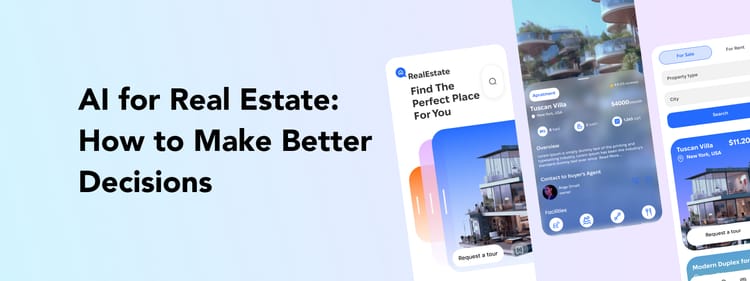Have you ever tried drawing with your eyes closed? Yes, your picture can resemble what you were meaning to draw and one might even understand it’s a cat or a tree but the result will probably be quite worse than you expected.
Why are we talking about drawing with your eyes closed? Well, it is a good metaphor for a startup releasing a mobile product without tracking any app metrics. Yes, your app is on the App Store or Google Store. Yes, someone might download and actively use it. But how would you know about it without taking care of your app metrics tracking?
The truth is that without tracking the app metrics that matter, you are rather taking wild guesses than relying on a well-thought strategy. It is impossible to set and reach goals without having a clear understanding of where you currently stand and what needs to be improved.
Let’s discuss the main app startup metrics for successful apps.
When to Track Your App Metrics
When thinking about your startup goal completion, it becomes clear that the key app success metrics highly depend on the stage of the product life cycle. The app’s post-development can be divided into three phases:
- The launch stage
- The growth stage
- The scaling-up stage
Each of these phases requires a completely different set of mobile app metrics in business analysis for app development to identify the results and effectiveness of your actions. When choosing which app metrics to track, you need to keep in mind at which stage your app currently is and how exactly this data will contribute to your strategy.
Let’s now focus on the app startup metrics to take care of during the launch.
Top App Metrics to Track During the Launch Stage
Imagine you just finished with the full-cycle app development services and your product has finally hit the market. Time to celebrate? Yes, sure, but don’t let your celebration last for too long. The first days and weeks after the app’s launch is the best time to start keeping an eye on the key app metrics for startup. Which ones exactly?
Number of Downloads
Let’s start with the most basic and, let’s be honest, obvious mobile app success metrics for startups — how many people have downloaded your app. This is the primary indicator of the effectiveness of your marketing strategy and market presence. For anyone to discover and get interested in the product, it should be, first of all, visible, and, second of all, attractive.

The math is quite simple here: if you have only a few downloads, something is definitely not going right. If you have lots of downloads — congratulations, everything’s good. In the case of later, it would make sense to divide your total downloads into organic and non-organic. While organic downloads refer to users who found you on the app lists or through a recommendation, non-organic downloads come through paid advertising.
User acquisition cost
Talking about paid advertising, there is always a price you are paying for each user getting acquired with your app. What you need to know for sure is whether it is worth it or not. That’s why user acquisition cost is one of the key metrics for apps.
User acquisition cost is one of the app startup metrics that give insights into the financial aspect of your launch marketing strategy. For example, if you are getting more than enough new users but the cost of attracting one user is way higher than the revenue they bring (we will discuss how to calculate the average revenue per user later on), then it’s maybe time to rethink your strategy and budgeting unless income is not on your priority list yet. Otherwise, you are simply losing money on each download.
Conversion rates
Suppose you have invested in paid advertising, let’s say, on social media. Brilliant idea! How do you measure its effectiveness? By views? But not every person who saw your ad will download the app. The correct answer is conversion rates.
A conversion rate is one of the most important app metrics for startups because it clearly indicates how many people were convinced to get your product. As a result, you can understand how successful your inbound marketing efforts are.
You can calculate organic and paid conversion rates separately. Organic conversion refers to the downloads you get through word of mouth, social media buzz, App Store listings, and so on. Paid conversion includes paid ads on social media, PCC, sponsored materials, etc.
App load time and crash rates
Finally, there are some performance-related mobile app startup metrics to track during the launch stage. After all, it is crucial that your users have a good experience with the app and don’t abandon it after realizing it is too slow or crashes often.
You can use Firebase Performance Monitoring to keep an eye on your app’s speed and crush rates. As a result, you can quickly identify any performance bottlenecks and immediately fix them, so your users will find their experience enjoyable.
What load speed should I expect from my app, you might ask? Aim for something around 2-3 seconds. More time than that can lead to users abandoning the app.
As for the crash rates, both App Store and Google Play have in-built crash reports. Your app crush rate shouldn’t be higher than 1-2% to retain users.
Top App Metrics to Track After the Launch Stage
A few months passed by after the big launch day, and things seem to be more stable now. Your marketing strategy is working well, people are actively downloading your app. That’s right the time to take care of the user retention and app usage metrics.
User retention rate
Getting a lot of downloads is one thing; people coming back and actively using the app is a whole different story. To identify whether users are actually sticking with the application, retention rates should be measured.
Can you believe that 21% of users only open an application once? That’s the sad truth of the retention rates for many applications. It is a clear indication that while inbound marketing and PR campaigns are set up correctly, there is something wrong with the very app that puts users off from opening it again. Additionally, the reason for low user retention rates might be flawed product positioning and branding.
Stickiness Ratio
Calculating the stickiness ratio is a more precise method of determining a pool of active users. The stickiness ratio is one of the mobile app startup metrics that give more detailed data about user retention. While calculating the user retention rate provides you with information on how many people open your app overall, the stickiness ratio points out how often your application is used.
To calculate the stickiness ratio, we need two parameters:
- Daily Active Users (DAU)
- Monthly Active Users (MAU)
For example, having a stickiness ratio of 50% means that on average users visit your app 15 days per month. A low stickiness ratio indicates issues with user engagement. In this case, you might need to get UI/UX design services to improve your user flow.
Top App Metrics to Track for Scaling Up
Feeling like it’s time to scale up? Great. Scaling up your MVP application should be based on mobile app analytics metrics that can reveal weak points and growth opportunities. Let’s look into them.
App Store and Google Play rating
Opening App Store or Google Play and going through reviews is the simplest yet quite useful metrics for apps that help you understand how the audience perceives your application. If the app’s rating is lower than 4, it should be a wake-up call telling you that there is something wrong going on.
Reading all the reviews as well as social media listening will give you a more precise answer as to what exactly users like or dislike and even suggestions on what to fix or add. Public review on the app markets and social media is your shortcut to finding a way of improving the application and scaling up.
Net Promoter Score (NPS)
How many of your users are your app’s ambassadors and spreading the good word about it? Let’s calculate with the Net Promoter Score. This method divides all of your customers into “promoters”, “passives”, and “detractors”.
To understand who is who in this scenario, you would need to ask your users for feedback. More precisely, they need to rate your app on a scale from 1 to 10.
- The rate of 9-10 is given by loyal, satisfied customers
- The rate of 7-8 is given by satisfied customers who are not product ambassadors and might switch to another solution
- The rate between 1 and 6 indicates an unhappy customer who will likely switch to another solution and spread a negative opinion
By the way, this rating alone is your Customer Satisfaction Score.
Your result will be in a range from -100 to +100. Any result above zero is a good sign. It means users have an overall good perception of your app and you have some ambassadors. A score over 50 is an excellent one. A result starting with a minus indicates a general dissatisfaction with a product.
The Churn rate
Remember we discussed calculating how many people downloaded your app? How many of them deleted it later? The Churn rate reveals how many users you lost along the way; it’s one of the most important metrics for app success.
By using two of the formulas above, you can find out your Churn rate and understand how many people do not keep your app on their phones. Additionally, the Churn rate is the exact opposite of the retention rate. So, you can basically subtract your retention rate from 100% and the result is your Churn rate.
Just like the retention rate, the Churn rate indicates whether your engagement strategy is working effectively and users are coming back to your app. A high Churn rate is a clear sign that users don’t have enough motivation to come back to the application.
The average revenue per user
Our final point for app metrics examples for startups is the average revenue per user. It is the main metric for analyzing your monetization strategy. Revenue includes all the income you get from ads, in-app purchases, subscriptions, and so on.
A more precise metric for apps utilizing a freemium model is the average revenue per paying user. In this way, you can separate users going for a free model and those paying for a subscription.

Track App Metrics Better With Perpetio
Burn is a fitness application we created for an influencer Rebecca Louise. As a team that built this solution for iOS and Android from scratch, we, of course, provided assistance with the launch and post-launch stages. To make sure the app works as expected and reaches its business goals, we used such metrics as
- App load time
- App crash rate
- Number of downloads
- Daily active users
- Monthly active users
As a result, by using simple metrics that don’t require any complex software or calculations, we managed to monitor the most crucial parameters for the app’s launch and post-launch periods: its technical performance and the user inflow. Because our client already had a large pool of followers, user acquisition cost, and conversion rates calculations were not required. In later stages, retention rates and other metrics can be applied.

Perpetio is open to new mobile app development projects.
FAQ
Why is it important that mobile apps track metrics?
App metrics help your business identify strengths and weaknesses in such aspects as marketing strategy, user engagement, app performance, monetization, etc.
What are the main app metrics for a startup?
Some of the critical metrics any mobile app startup should be keeping an eye on are the number of downloads, user retention rates, average revenue per user, and others.
Which mobile app metrics should my startup track?
There are three main stages of the post-release app life-cycle: launch, growth, and scaling up. To manage each of these stages successfully, different metrics should be tracked.






